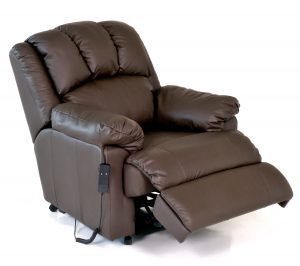Horseback Riding Lessons for Blog Content Writers

“Like any sport or dedicated hobby, there are bigger life lessons to take away than simply the information or skills necessary to participate,” writes horseback riding fan Sarah Faulkner in bizjournals.com. Faulkner lists four lessons leaders can take from equestrians, each of which I believe can be valuable to us blog content writing professionals:
As a leader you must have a well-defined vision and be able to clearly communicate it.
One concept I emphasize in corporate blogging training sessions is that focusing on main themes helps blog posts stay smaller and lighter in scale than the more permanent content on the typical corporate website. The posts fit together into an overall business blog marketing strategy through “leitmotifs”, or recurring themes. These themes tie together different product or service descriptions, different statistics, and different opinion pieces., but there should be little doubt of the main direction in which you “want to go”.
Reinforce verbal with physical commands, but do not give mixed messages.
Even while letting readers see your own “humanity”, keep your blog content well-organized and well-written to convey a feeling of being in control. Maintaining a consistent schedule of posting sends a reassuring message to readers.
As a leader, you need to sense and respond to market forces such as trends and competition.
As I teach at Say It For You, blog content writers must develop “peripheral vision”, being aware of what competitors are doing and working to stay just one step ahead of them.
Be willing to get into the details, keeping informed on the numbers and fundamentals of your business.
Successful blogging for business is all about detail. Corporate websites provide basic information about a company’s products or a professional’s services, but the business blog content is there to attach a “face” and lend a “voice” to that information by filling in the finer details. In horse shows, I learned, there are two aspects to winning medals – equitation and pleasure. Equitation refers to the skill and posture of the rider; pleasure refers to the horse’s looks and control. To succeed in blog marketing, content writers must be willing to get into the details – navigation, search engine optimization, visuals, vocabulary.





Follow us online!